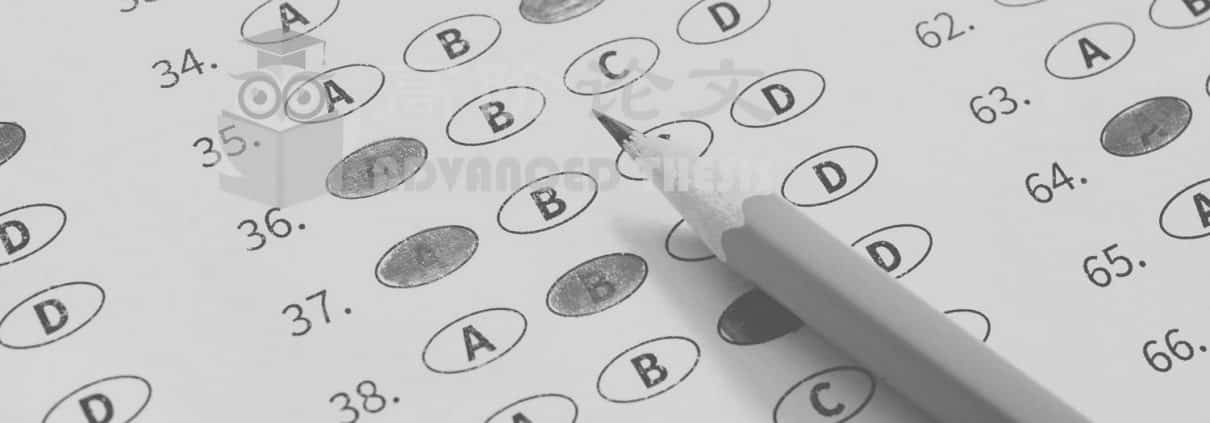英国代写作业:Zaltman隐喻启发式技术
英国代写作业:Zaltman隐喻启发式技术
Zaltman隐喻启发式技术(ZMET)采用定性方法,引出驱动客户思维和行为的隐喻、结构和心理模型,以及定量分析,为营销组合决策和细分策略提供数据。凯利保留网格和梯子技术是该技术的组成部分,就像视觉(如。消费者提供的其他感官图像。访谈过程中产生的构念被聚合在一起,形成了一幅共识图,它代表了大多数人大部分时间的想法。此外,消费者使用数字成像技术来生成他们思维的总结图像”(Coulter,和Zaltman, 1994,第504-505页)当一个人想到一个品牌时,他们脑海中会浮现出一些视觉表象(Biel, 1993)。公司可能会在品牌中加入隐喻,以唤起这些心理意象。
英国代写作业:Zaltman隐喻启发式技术
因此,对于同一家公司来说,要想看到消费者的声音,就必须使用像ZMET这样的技术。ZMET使人们能够收集代表基本概念的图像,与品牌相关联的人可以从消费者那里收集非语言效果。通过讲故事的方式,将消费者与品牌联系起来的概念或图像收集背后的推理提取出来,然后再通过例子、隐喻、共性和心理策划等最丰富的概念进行梯级组合。梯子的过程是一个有用的理解心理模型的结果的心理后果,或在消费者的头脑中被感知的一个构念。梯子可以是多种类型的,它可以是同义词搜索概念,寻找平行线和相关问题。向上梯子是一种对感觉的结果提出质疑的类型,例如图像背后的现象或概念的起源,向下梯子是研究现象的原因。
英国代写作业:Zaltman隐喻启发式技术
“The Zaltman Metaphor Elicitation Technique (ZMET) employs qualitative methods to elicit the metaphors, constructs and mental models that drive customers’ thinking and behaviour, as well as quantitative analyses to provide data for marketing mix decisions and segmentation strategies. The Kelly Repertory grid and laddering techniques are integral components of the technique, as are visual (eg., photographs) and other sensory images that consumers provide. The constructs elicited during the interviews are aggregated to produce a consensus map which represents most of the thinking of most people most of the time. In addition, consumers use digital imaging techniques to produce summary images of their thinking” (Coulter, and Zaltman, 1994, pp. 504-505)When an individual think about a brand, some visual representations come to their mind (Biel, 1993). The firm might market the brand with metaphors in them with the intention of evoking these mental images.
英国代写作业:Zaltman隐喻启发式技术
So for the same firm to see the voice of the consumer, it is hence necessary for the firm to use techniques such as the ZMET. The ZMET will enable people to collect images representing the base concepts that the associate with a brand would collect non-verbal effects from the consumer. By means of storytelling, the concept that the consumer connects with the brand or the reasoning behind the image collection is extracted and later by the concept of laddering the richest in terms of examples, metaphors, universals and mental schemes. The laddering process is one that is useful for understanding the psychological consequence of the outcomes of a mental model or a construct that is perceived in the consumer mind. Laddering can be of many types, it could be a synonym seeking concept, looking out for parallels and related issues. Laddering-up is a type where the consequences of the feeling is questioned, such as where the phenomenon or the concept behind the image had its origin and laddering down looks at the causes of the phenomenon under investigations.








